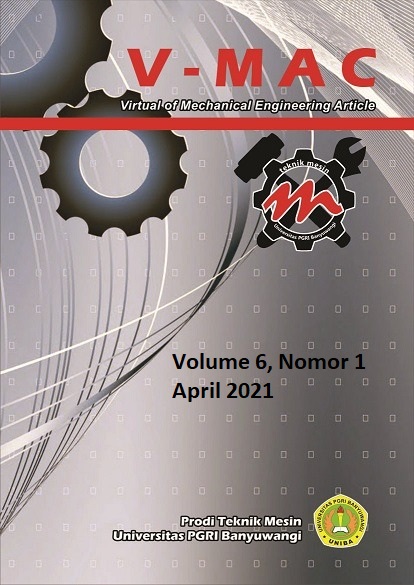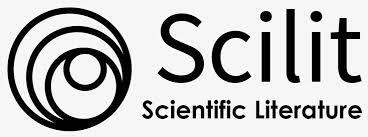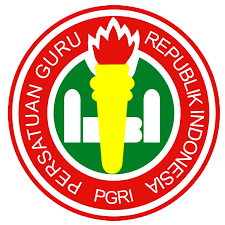Kinematika Sendi Lengan Penari Bapang Malangan
DOI:
https://doi.org/10.36526/v-mac.v6i1.1292Abstract
Dancers experience various injuries, because dancing requires high intensity movements. Frequent injuries to dancers involve overuse of joints and muscles. The highest potential for injury is in the knee. However, in the Bapang Malangan Dance, the arms are the limbs that are often used in extreme movements. Thus the potential for injury can be high. This study focuses on the kinematics of arm movement of the Bapang Malangan Dance in relation to the possibility of injury. The research was carried out through analyzing image data resulting from the rendering of dance video footage, following a kinematics-based biomechanical framework and engineering dynamics. The results showed that the kinematic analysis of the Bapang dancer's arm was depicted only on the change in position because velocity and velocity could not be measured directly. Changes in the position of the Bapang dancer's arms can be depicted in graphic form through frame analysis of the transformed video files into image files. The arm joints that get a lot of weight are the shoulder and elbow joints, which in Bapang Malangan dancers have the potential to experience injury due to tugging and twisting. The complexities of movements and changes in dancer movements turn out to make it difficult to determine the speed and acceleration by analyzing the rendered images. A measuring instrument is needed that can directly measure arm movements when dancing. This tool must not use cables so as not to obstruct the dance movement.
Keywords: biomechanic, kinematic, arm joint, dancer, Bapang Malangan
Downloads
Published
How to Cite
Issue
Section
License
uthors who publish with this journal agree to the following terms:
1. Copyright on any article is retained by the author(s).
2. The author grants the journal, the right of first publication with the work simultaneously licensed under a Creative Commons Attribution License that allows others to share the work with an acknowledgment of the work’s authorship and initial publication in this journal.
3. Authors are able to enter into separate, additional contractual arrangements for the non-exclusive distribution of the journal’s published version of the work (e.g., post it to an institutional repository or publish it in a book), with an acknowledgment of its initial publication in this journal.
4. Authors are permitted and encouraged to post their work online (e.g., in institutional repositories or on their website) prior to and during the submission process, as it can lead to productive exchanges, as well as earlier and greater citation of published work.
5. The article and any associated published material is distributed under the Commons Attribution 4.0 International License.





















